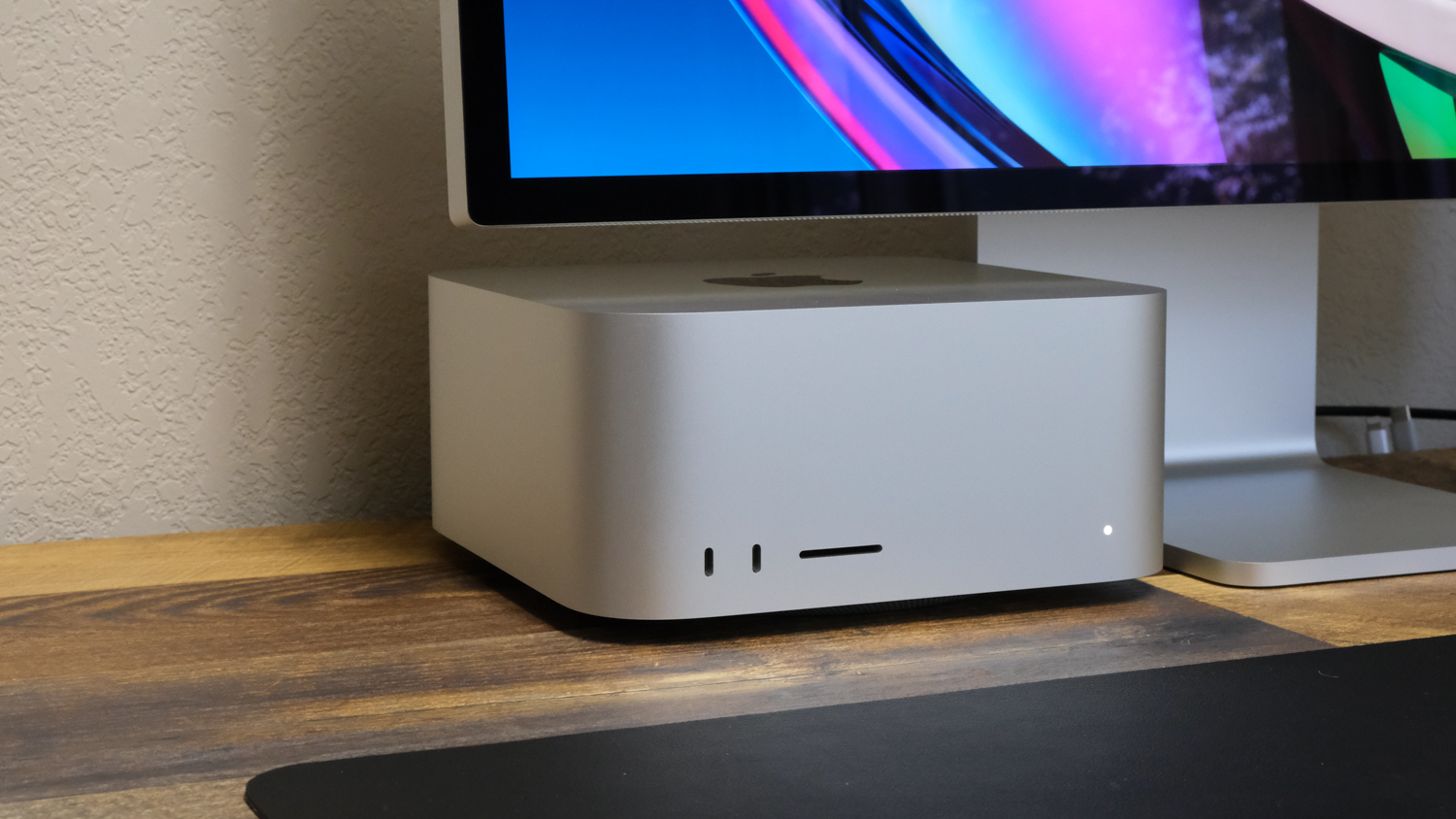Dual-Class Arbitrage is a Literal Cash Cow.
3 min study
Discover how I’m trading a single of the very last remaining arbitrage approaches.
In latest years, the term “arbitrage” has been thrown about far more and additional, primarily just after the increase of cryptocurrencies. But most periods, it is utilised incorrectly and describes approaches with much increased dangers than perceived. So I’m likely to make it proper. In this article, we go in excess of buying and selling an genuine arbitrage in live markets.
History
Twin-Class arbitrage is 1 of the more simple varieties of arbitrage. It consists of creating a income from the difference in returns of shares that have dual listings (e.g. “GOOG” and “GOOGL”, “BRK-B (Berkshire Hathaway)” and “BRK-A”). Let’s dive further into what that suggests.
Corporations often go public supplying two courses of shares. Using Google, like in the instance previously mentioned, the Course A shares are represented by the ticker image(“GOOGL”) and the Course C shares are represented by the ticker image (“GOOG”). As is ordinarily the case, this twin-listing is completed so that the founders can keep disproportionate ownership of the organization although nevertheless becoming general public. Class A shares generally maintain extra voting legal rights, so founders and original investors are normally the largest holders.
Because of this voting right advantage, in some cases Course A shares might charge additional than Class C shares (e.g. Class A = $100, Course C = $99.75), this is standard and in line with expectations. Even so, equally shares characterize the exact organization and both equally shares typically have identical sector capitalizations as there are no other differences.
The arbitrage prospect exists when possibly share is about/below valued when compared to the other. For illustration, if there is a quite big market place purchase for GOOG that pushes the cost up by .50%, but no these kinds of get existed for GOOGL, then GOOG will be .50% a lot more beneficial than GOOGL. An arbitrageur will see this imbalance and brief GOOG shares and lengthy GOOGL shares. As the imbalance corrects, they make income from both legs with no directional possibility. A correct arbitrage.
Nicely, I am that arbitrageur.
The Trade
Understanding that Google shares are the most liquid and can tackle scaling up this type of inefficiency, I loaded up the QGI Google Twin-Class Arbitrage Index:

https://qg-indices.com/qgi-google-dual-course-arbitrage-index-delayed/
The very long-term average distribute of this index is , so every time that it goes above my personal threshold (typically .25 or bigger), I enter into a pairs trade. Since the over/beneath performer may perhaps modify more than time, the overall performance of each share is posted stay. Yet again, the trade is to invest in the shares that are underperforming, and limited the shares that are overperforming.

In this scenario, GOOG is the “overperformer” and GOOGL is the “underperformer”. “Overperformer” translates to the inventory which is holding itself up greater than the other.
So, let’s go more than how my last few trades went:
Effectiveness

Each and every time the index rose previously mentioned .25, I acquired the underperformer and went limited the overperformer. So significantly, I have only taken one trade per working day for this approach, but the unfold widens repeatedly. If automatic, this technique can constantly study information from the index and scalp away the arbitrage devoid of any manual labor. The returns can be even larger if traded together with the other arbitrage indices.
In the trades earlier mentioned, I made $9.18 on ~$1,000 of capital for a return of .92% (If working with margin, then it’s $500 of money for ~ a 1.84% return). The whole blended holding time was 9 minutes. The greatest drawdown was non-existent as we are each limited and lengthy the exact similar protection, just unique courses. Yet another explanation for the non-existent drawdown is that trades are put on at the same time.
Hypothetically, if I do nothing but trade this arbitrage once every 3 trading times out of the 7 days (or at most, just about every working day the index will increase), then the returns are staggering:

Pitfalls
As strange as it may possibly audio, the incredibly definition of arbitrage as described by Nasdaq, is “Riskless arbitrage: The simultaneous acquire and sale of the very same asset to produce a financial gain”.
The most important hazards to this strategy arrive from exterior variables, right here are a couple:
- There are a several of these indices which deal with different stocks, some of them may well not have the liquidity to assistance significant positions.
- Occasionally outlier functions come about, like in the Archegos incident. In that scenario, a big hedge fund liquidation led to the course A shares of Discovery Inc. sinking by just about 40%, but the class B shares only went down by 7%. The imbalance persisted until an acquisition delisted both shares. If an arbitrage plan made the decision to enter into a trade dependent on this discrepancy, it would have lost income. While extraordinarily unusual, these kinds of shocks do transpire.
The explanation for such a flat danger profile is that we are investing the similar asset. In contrast to regular pairs investing which trades correlated shares which may run into correlation decay, dual-outlined stocks are far more than correlated, they’re intrinsically linked. The marketplace capitalization of both shares have to be the very same as they equally signify shares of Alphabet, Inc. When they go out of whack, the mispricing is corrected by trades these types of as these.
I was mainly encouraged to test investing this manually by the tutorial below:
Last Ideas
Now that I now it can be completed by retail traders, I prepare to do a further dive on automating this approach throughout a number of stocks. You’ll be capable to come across it on The Quant’s Playbook!
If this whet your urge for food, and you’d like to read a lot more like it, head above to The Economical Journal house to the finest stories and updates on facet hustles, financial markets, and a lot more!
Joyful buying and selling!






